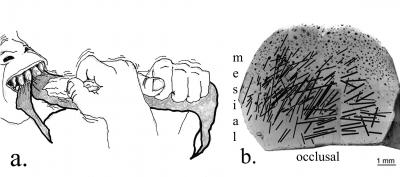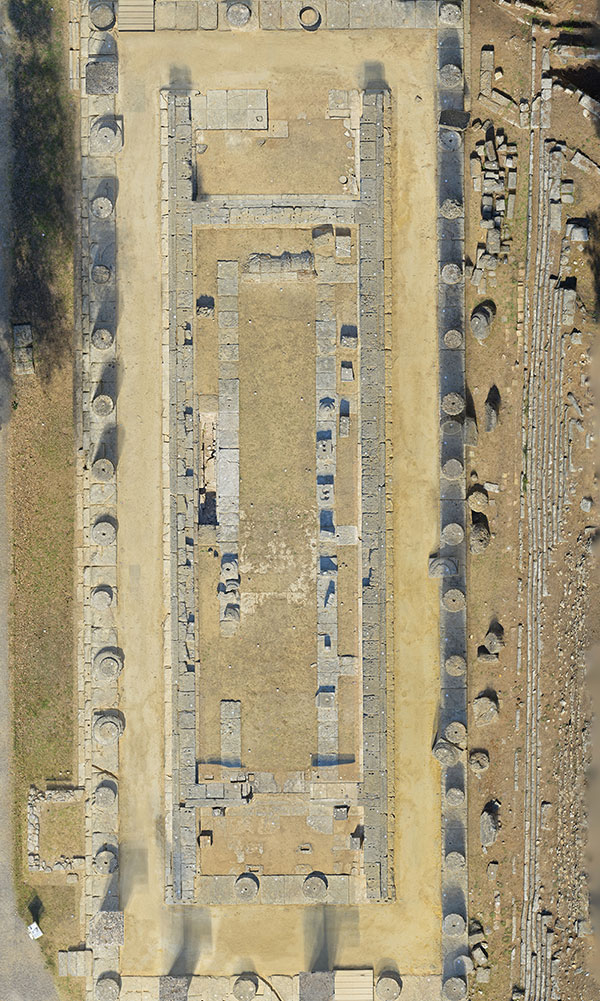
LAWRENCE, KANSAS—HealthDay News reports that University of Kansas professor emeritus David Frayer has found evidence of right-handedness in a Homo habilis specimen. He and his team conducted experiments to re-create scratch marks similar to the ones found on 1.8-million-year-old Homo habilis teeth found in Tanzania. Most of the marks, located on the lip side of the specimen’s upper front teeth, veer from the left down to the right. The team members suggest that the marks were made when the hominin used a stone tool, held in the right hand, to cut food held with the teeth and the left hand. Frayer explained that Homo habilis was already thought to have had lateralization of the brain, meaning that each side of the brain has functional specializations for tasks such as handedness and language. Further research could show that how the brain is organized may be important in identifying the origins of human ancestors. For more, go to “Earliest Stone Tools.”











